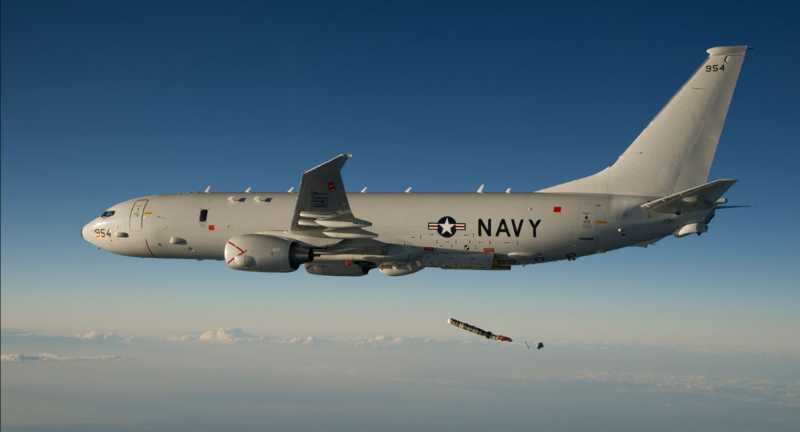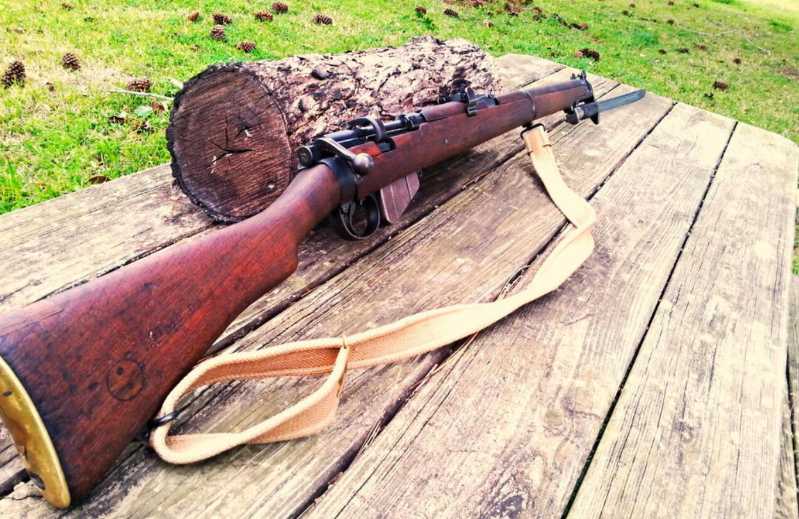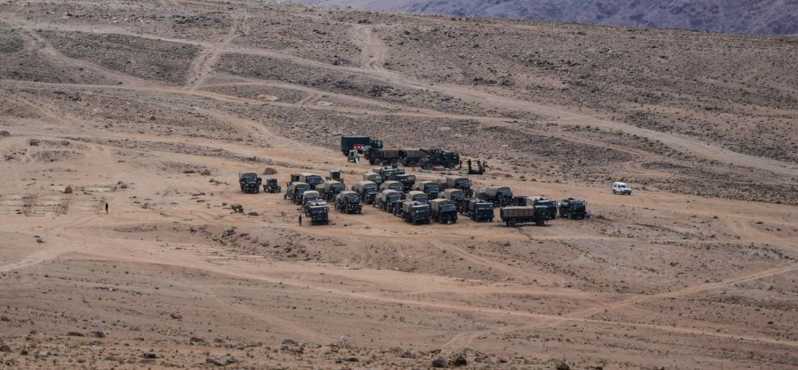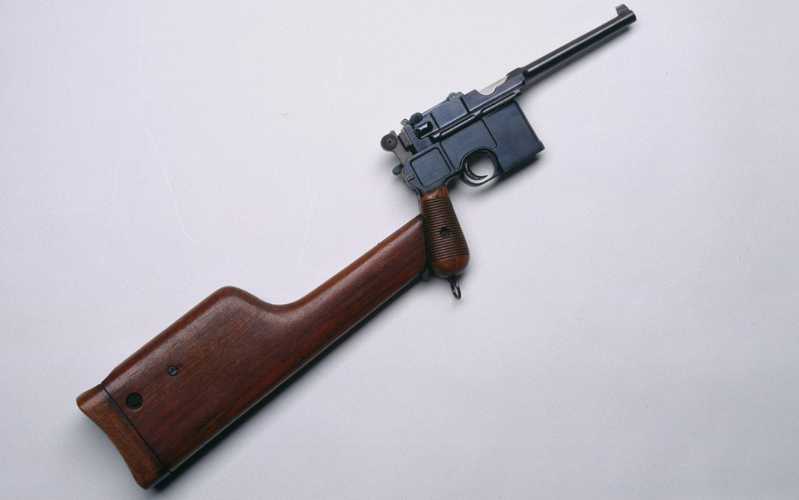The War Film "Volunteers Go Out" released during the National Day in 2023 was a hit, sparking heated discussions among the audience. Some critics believe that the clues and content presented in this feature film are too many and too complicated. In fact, if we look back at the prototype unit shown in this film, the 335th Regiment of the 112th Division of the 38th Army of the Chinese People’s Volunteer Army, the difficulties faced before the second battle of the War to Resist US Aggression and Aid Korea, and the stories that happened during the entire battle behind enemy lines, there are far more than what is shown in the film. This article attempts to introduce to you the legendary experience of this legendary team in the second battle of the Korean War from the perspective of actual war history materials.
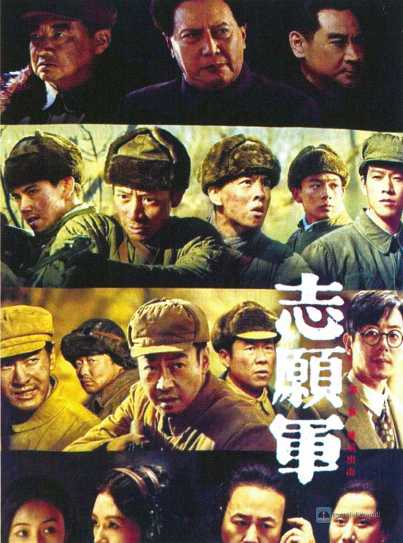
The 335th Regiment encountered many accidents while chasing the main force of the 38th Army
It is said that the traditional tactics of the Volunteer Army opened the eyes of MacArthur, the "World War II veteran", on the Korean battlefield, but for the 112th Division and the 335th Regiment of the 38th Army, interspersed operations are not as easy as they say.
Although the 335th Regiment fought bloody battles in Feihu Mountain in the late stage of the first battle of the War to Resist US Aggression and Aid Korea, it somewhat made up for the adverse effects of the 38th Army’s previous failure to annihilate the 8th Division of the Korean Army in Xichuan, and saved some face for this main force famous in the Northeast. But the next battle mission of the 38th Army was not easy.
The 335th Regiment followed the 112th Division and the other two regiments, and adopted the tactics of fighting and retreating in Wadong, Shangxiayan, Shangxiayangdi, and Xinxingdong, and lured the enemy deep into the territory. The task was very difficult, because facing the aggressive US troops on the opposite side, the 112th Division had to retreat 30 kilometers.
At that time, General Peng of the Volunteer Army Command ordered the Western Front Volunteer Army, including the 112th Division of the 38th Army, and the rest of the armies to lure the US 1st Army, the 9th Army of the US Eighth Army on the Western Front, and the Second Corps of the South Korean Army, a total of 7 divisions and 2 brigades, to the designated combat area between Ningyuan and Dechuan in the east and Yunchuan, Taecheon, and Naqingting in the west. In addition, the 38th Army and the 42nd Army were required to unexpectedly eliminate the main force of the Korean Army’s Second Corps in Tokugawa and Ningyuan, and then implement tactical penetration and relocation to Kaechon, Sunchon, and Sukchon in the enemy’s depth, cut off the enemy’s retreat on the western front, and cooperate with the 39th Army, 40th Army, 50th Army, and 66th Army to attack head-on. Strive to annihilate two to three US divisions and push the front line to the Pyeongrang and Wonsan areas.
The 112th Division of the 38th Army received a specific order that when the operation was launched, it would start from the location of the troops, move from the southwest of Tokugawa to Yunsongli, and attack the Korean Army’s 7th Division that had just occupied Tokugawa from the west, and cooperate with the 113th and 114th Divisions of the 38th Army to annihilate the enemy. This was very tricky for the commander of the 335th Regiment, Fan Tianen.
First, in order to complete the task of luring the enemy, Fan Tianen led the entire regiment to Huaping Station, more than 100 kilometers away from Tokugawa, to block the US troops advancing towards the Yalu River step by step, and to cover the main force of the 40th Army to assemble. It was not until 17:00 on the afternoon of November 25 that he received an order from the division headquarters to launch an attack on the enemy in front of him, and the rest of the 112th Division received an order to penetrate the west of Tokugawa more than two hours ago.

Secondly, Fan Tianen, who was eager to counterattack, had just ordered the entire regiment to launch an attack. The walkie-talkie that was used to contact the superiors broke down at this juncture. Fan Tianen, who knew nothing about the specific combat deployment of the 112th Division, had to start with Xinmindong. Just as he finished his deployment and was ready to take action, the commander of the 40th Army, Wen Yucheng, suddenly led several staff officers to the regiment command post of the 335th Regiment. It turned out that the 40th Army had taken over the defense of the 335th Regiment.
Commander Wen, who knew the entire combat deployment, told Fan Tianen that the 40th Army was responsible for the frontal attack on Xinmindong, and the 38th Army was ready to penetrate the enemy’s rear to attack Dechuan. Obviously, if the 335th Regiment followed the 40th Army to attack head-on, it would not only miss a series of interspersed battles behind the 38th Army, but also fail to catch up with the famous Songgu

Feng battle, also known as the Shutang Station battle. In order to catch up with the main force of the 38th Army, Fan Tianen adopted a common tactic in our army’s war films-"lightly equipped to move forward." In addition to bringing weapons, ammunition, and dry food, all other things were placed in a ravine, leaving a few people to guard. The main force of the regiment took the approach of hiding during the day and moving at night, marching 60 kilometers in one night, rushing to Tokugawa, hoping to catch up with their own troops and hit the ambassador.
So, the officers and soldiers of the 335th Regiment, with no guide, only an old map and a compass, relied on their tenacious perseverance to catch up with their team in the ice and snow.
After two nights of rapid march, Fan Tianen finally arrived at a village 15 kilometers away from Tokugawa. When he was about to let the troops rest nearby and sent staff officer Yin Yueyou to scout the enemy and find out the situation of the main force, something unexpected happened.
When the guards of the regiment were looking for air-raid shelters, they accidentally caught more than a dozen Korean soldiers. Fan Tianen learned an astonishing news through interrogation that Tokugawa had been taken down by the 38th Army.
At this time, Fan Tianen was full of regrets. Not only did he not get to fight in Tokugawa, but he also couldn’t figure out the whereabouts of the main force. It was not until noon the next day that Yin Yueyou, who had exhausted himself and rushed back to the village, brought the news that the 112th Division had captured Tokugawa and was advancing towards Gariling without rest. Fan Tianen, who was impatient, could not wait until dusk came, and ordered the troops to finish their meal and turn to the west of Tokugawa to continue chasing the troops under the noses of enemy planes in broad daylight.
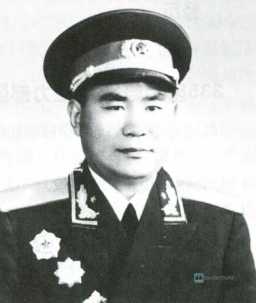
Hard work pays off. When chasing to the area near Gariling, the 335th Regiment accidentally captured three Turkish soldiers and unloaded a radio from a stranded enemy jeep. After testing, it worked. The 335th Regiment then contacted the 112th Division headquarters through this radio and received the order to advance to Fengmingli.
Taking orders in times of crisis, doing everything possible to get ahead of the enemy
On the evening of November 29, 1950, just as the commander of the 112th Division, Yang Dayi, received a new order from the commander Liang Xingchu, and was suffering from a lack of troops to deploy, the 335th Regiment finally caught up. Fan Tianen happened to meet the division reconnaissance chief Wei Decai on a hillside in the northeast of Fengmingli. The arrival of the commander Fan made Chief Wei overjoyed. He said happily: "You came at the right time. Go to the commander to accept the new mission."
Fan Tianen went straight to the division command post without saying a word. When he saw Yang Dayi, he asked hurriedly: "Commander, where do you want us to fight?"
At first, Yang Dayi ordered Fan Tianen to lead the 335th Regiment to penetrate to the south of Fengmingli overnight to cut off the enemy’s retreat. Unexpectedly, just as he and his team had just set off, a military bugle suddenly sounded from the division command post. The bugler heard it. He immediately ran up to him and said, "Commander, the division commander ordered you to go to the division command post immediately. Listen for the call."
Fan Tianen listened carefully and found that it was indeed correct. He had no choice but to order the troops to rest on the spot and then rush to the division command post again. Unexpectedly, when he entered the room, Yang Dayi held a map and said: "Your mission has changed. At present, it seems that the enemy is likely to escape from the Shutang Station. Your regiment’s mission is to go straight to Songgu Peak and intercept the enemy there.
As the saying goes, it should be easy to follow the map, but to Fan Tianen’s surprise, he searched for a long time on the old map that Commander Yang took, and there was no trace of Songgu Peak. Although he had fought for five days and five nights at Feihu Mountain near Tokugawa before, and was familiar with the surrounding terrain, he acted rashly without determining the position. Not to mention taking the wrong path, he might miss the opportunity to annihilate the enemy.
Just when Yang Dayi was also feeling very embarrassed, Fan Tianen accidentally found a military map captured from the enemy, which turned out to be very useful. Because on this map, he could find the Shutang Station , the exact location of Songgufeng. There is a village called Jinguli near the highway, and there are railways and highways connected in the valley.
After determining the location of Songgufeng, Fan Tianen immediately led the 335th Regiment to set off overnight. Who knew that something unexpected happened again.
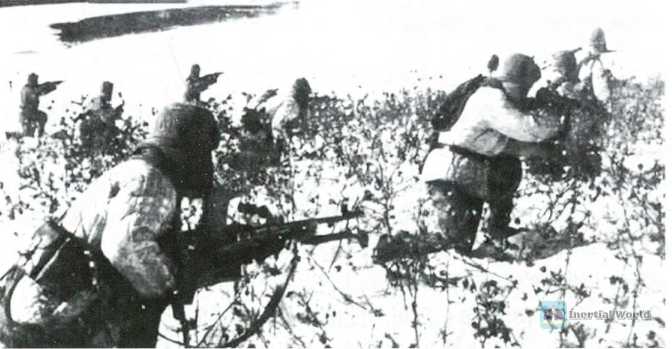
In order to cover the safety of the flank and prevent the Volunteer Army’s troops from interspersing and moving back, an artillery position of the US Army actually created three fire zones several thousand meters wide. If this US artillery position cannot be quickly eliminated, it will be difficult for the 335th Regiment to reach Songgufeng on time.
In the 38th Army, there is a talent who can remember everything, and has an amazing memory that can recite maps, comparable to Zhang Song of the Three Kingdoms. "Living map" Wang Chunxiang, walking in front of the team, took the mountain path, and miraculously avoided the "fire zone" created by the US artillery, and approached them without anyone noticing. After unexpectedly destroying the disruptive enemy artillery, before dawn the next day, he finally arrived at the valley marked on the map where the railway and the road were connected.
After arriving at the destination, Fan Tianen immediately ordered the 1st Battalion Commander Wang Suqi to quickly seize Songgufeng and the area to its east.
When Wang Suqi led the troops to rush over, he was surprised to find that the US Second Division, which had been severely hit by the 40th Army in Gunuri, was running south along the road. Wang Suqi immediately ordered the 3rd Company to quickly seize the unnamed high ground on the north side of Shudang Station and intercept the enemy. A vanguard squad of the US Army walking in front also attempted to seize the high ground before the 3rd Company , but the 3rd Company took the lead in occupying the high ground and eliminated them all, thus opening a battle that will be recorded in the history of the War to Resist U.S. Aggression and Aid Korea.
A blocking battle without fortifications and bunkers
Undoubtedly, "saving oneself and destroying the enemy" is the basic principle of all combat forms, especially blocking battles. But there is a prerequisite here, that is, a large number of fortifications to build bunkers can effectively reduce casualties and eliminate more enemies.
Who knew that when the commander of the 3rd Company, Dai Ruyi, went up the high ground, he found that the high ground was just a bare hill next to the road, with no trees to block it, and no piles of rocks that could be used as bunkers. Imagine the tactics of the militia soldiers in the movie "Tunnel Warfare" who shot and changed places, which was completely useless.
At 6:30 in the morning of the 30th, the officers and soldiers of the 3rd Company, who had not rested for several days and nights and had no time to build fortifications, stood firm in their fixed positions. They were not afraid of the endless American vehicles, tanks, artillery and fierce American soldiers, and encouraged each other to prepare for battle.
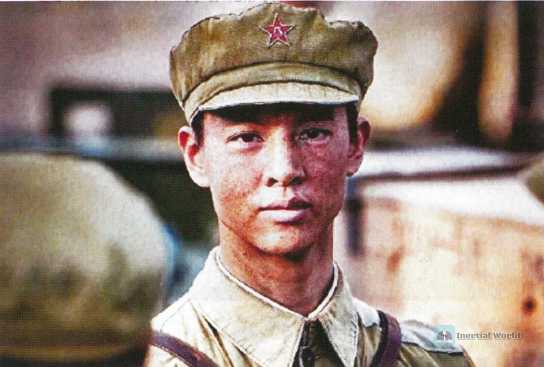
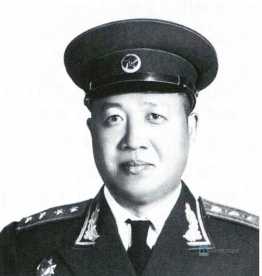
When the American motorcade approached the high ground, the 3rd Company first concentrated its firepower on a car running in front, and several soldiers took the opportunity to rush down the road and blow up several cars behind with grenades. The 60mm anti-tank rocket launcher shooter took the opportunity to launch a rocket and destroyed a US M24 Chaffee light tank. The blasting team rushed forward, and they blew up one tank after another with cluster grenades. The destroyed American cars and tanks blocked the narrow road.
The 2nd US Army Division, eager to escape, was furious and immediately sent a company of troops to launch a fierce attack on the 3rd Company position under the cover of more than ten cannons, dozens of tanks and more than ten aircraft. The deafening explosion and the fire caused by the large number of napalm bombs and incendiary bombs dropped by US aircraft on the 3rd Company position alarmed the 335th Regiment Command Post.
Fan Tianen, who was anxious, was worried about the safety of the soldiers of the 3rd Company who had no fortifications to rely on. He wanted to understand the situation at the front through the walkie-talkie, but the open receiver was a panicked howl of the US military commander. Fan Tianen had to put down the microphone and personally went to the high ground near the regiment command post to observe the situation. He then discovered that the 2nd US Army Division launched a crazy attack on the 3rd Company position, and hurriedly ordered all the light and heavy machine guns of the 2nd Battalion to fire together to relieve the pressure on the 3rd Company.
Now, the U.S. troops, which were dizzy and confused, had to withdraw part of their forces to launch an attack on the position of the 2nd Battalion.
Wang Suqi, the commander of the 1st Battalion, who was also extremely anxious for the 3rd Company, decisively sent a messenger to convey the order to the 3rd Company when he could not contact the regiment headquarters: "Fight calmly and pay attention to hiding. I will send the 1st and 2nd Companies to support you."
When the US troops, who were repelled twice by the 3rd Company, launched the third attack, Wang Suqi personally led two companies to cooperate with the 3rd Company, which was holding its position, to attack the US troops from both sides. The stunned US troops increased their strength from one company to one battalion and continued to attack at all costs. The 1st and 2nd Companies of the 1st Battalion suffered heavy casualties. The soldiers of the 4th Squad of the 3rd Company fought with the US troops until the last moment and almost all of them died.
The battle lasted until 13:00 in the afternoon. The US Second Division, eager to escape, spent a lot of money. First, they concentrated dozens of howitzers, 32 aircraft, and 18 tanks to bombard the 3rd Company position for 45 minutes, and then
Two battalions of thousands of US troops were dispatched to launch a more crazy attack on the 3rd Company position. Company commander Dai Ruyi and instructor Yang Shaocheng, after burning the documents and notebooks they carried with them, joined the battle again. Dai Ruyi was unfortunately shot and killed while commanding the soldiers to fight back against the US troops. Deputy squad leader Sui Jinshan and soldier Zhang Xian, after running out of bullets, fought with US soldiers with bayonets and all died.
Xing Yutang, a soldier who was set on fire by the US gasoline bomb, rushed towards the US soldiers with four soldiers on fire, with the whirring flames, and died with them. Deputy company commander Yang Wenhai insisted on commanding the battle despite being wounded many times until he was shot and killed.
Instructor Yang Shaocheng fixed a bayonet on a rifle that had run out of bullets and rushed towards the US troops. Just after killing an American soldier, he was surrounded by 6 or 7 American soldiers. He did not hesitate to detonate the last grenade on his body and shouted: "Comrades, hold the position" and die with the enemy.
Accompanied by the cry of "Revenge for the instructor", the remaining soldiers of the 3rd Company all jumped out of the craters blown up by the US artillery shells and rushed towards the US troops. Gao Zhanwu, a member of the Youth League, rolled down the cliff with a US soldier in his arms. The soldiers of the 60th mortar squad rushed into the enemy group with a mortar shell in their arms, and sacrificed their young lives with a violent explosion.
Fighting to the last moment, several seriously injured soldiers who had not been bandaged well, holding several grenades left by the martyrs, struggled to crawl forward until a violent explosion was heard; the cooking squad and the communicator of the 3rd Company also participated in the battle. Even the unarmed medical staff of the rescue team picked up the splints to fix the wounded and rushed forward.
After this baptism of blood and fire, only 7 soldiers were left on the position defended by more than 100 people in the 3rd Company.
When Fan Tianen reported the life-and-death battle of the officers and soldiers of the 3rd Company to the headquarters of the 38th Army, the tough commander Liang Xingchu couldn’t help but burst into tears, and many cadres present couldn’t help crying. After a while of sadness, Liang Xingchu called Yang Dayi, the commander of the 112th Division, and asked him to organize troops to launch a counterattack against the enemy in front of him at dusk in order to reduce the pressure on the blocking troops on the southern line.
Yang Dayi immediately called Fan Tianen and learned that when Commander Fan had no soldiers available, he decisively sent the guard company around him to support the 335th Regiment in a counterattack.
At 17:00 on the 30th, with Liang Xingchu’s order, the 333rd, 334th, and 335th Regiments of the 112th Division of the 38th Army: the 338th Regiment of the 113th Division, the 340th, 341st, and 342nd Regiments of the 114th Division launched a full-line counterattack against the main forces of the US Second Division, the 25th Division, the Turkish Brigade, and the First Division of the South Korean Army that were blocked in Yaoshui Station, Qingguli, Xinxianli, Xincang Station, Yunlongli, Incheon Station, and Lingxili.
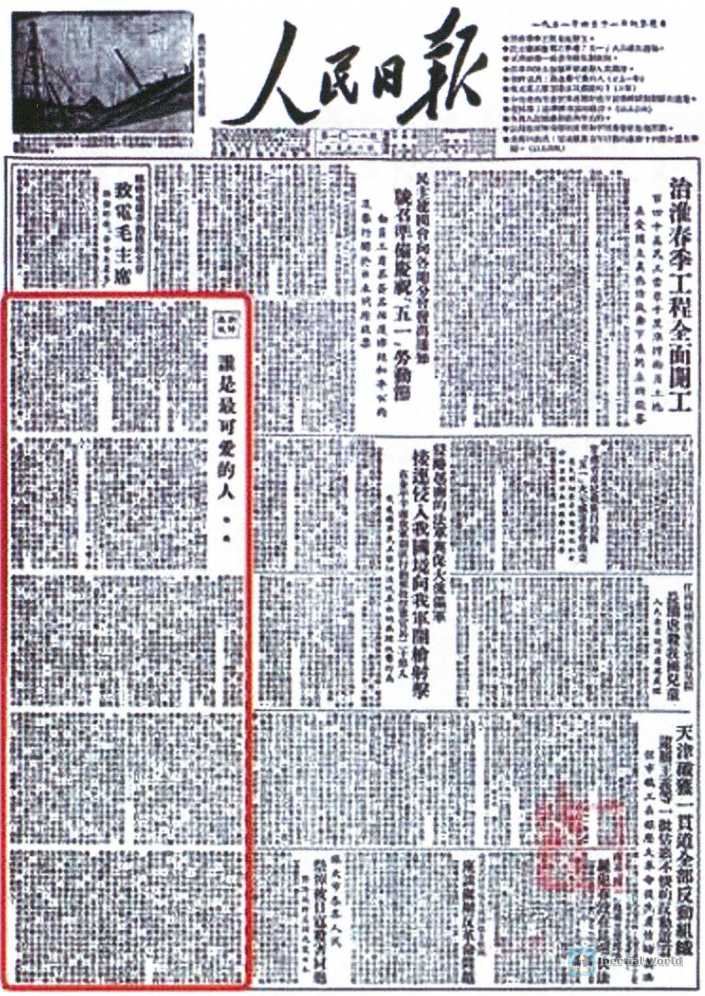
The battle lasted until 19:00 the next night. Except for the enemies who escaped through Sukchon and Sunchon to the south, all the other besieged enemies were annihilated. The US Second Division suffered extremely heavy losses, with hundreds of tanks, hundreds of artillery pieces, and thousands of vehicles all lost. In the words of the Americans themselves: "We were punished by the Indians."
After the battle, when Captain Wang Suqi walked to the high ground where the officers and soldiers of the 3rd Company fought bloody battles, he could no longer control his emotions and burst into tears in front of the broken guns, hundreds of American soldiers’ bodies, and the hills that had been stained with blood.
The famous Chinese writer Wei Wei, who was on the battlefield with Wang Suqi and witnessed the tragic battle of the officers and soldiers of the 3rd Company, interviewed Wang Suqi on the spot and published a famous report titled "Who is the Loveliest Person" on the front page of the People’s Daily published on April 11, 1951, with the theme of the heroic deeds of the 3rd Company. The report was soon selected as a long-term text in the middle school Chinese textbook and became a famous masterpiece in the history of contemporary Chinese literature that influenced generations of Chinese people.
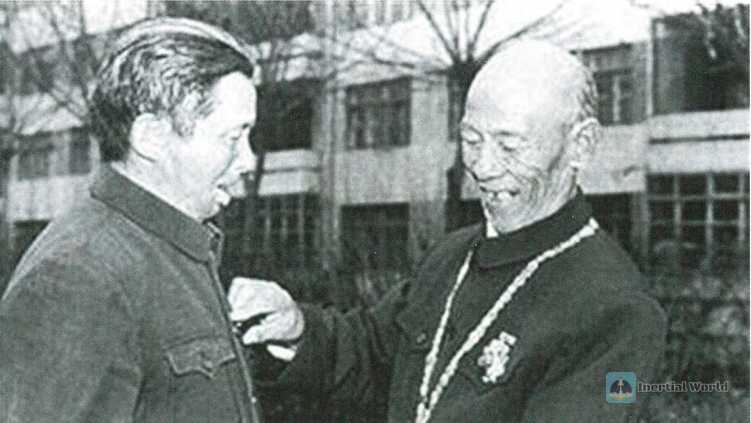
Conclusion
It is worth mentioning that in the Songgufeng blocking battle, in addition to the seven heroes who survived at that time, there were three heroes identified as "Seven Martyrs" who were actually seriously injured and luckily survived. These were the two deputy squad leaders of the 3rd Company, Li Yu’an, Comrade Jing Yuzhuo and soldier Hu Chuanjiu. Among them, Li Yu’an and Jing Yuzhuo were especially important. One raised his bayonet and stabbed three American soldiers to death in the enemy’s last attack, and fell down after being hit in the armpit by the enemy. The other was burned by the American gasoline bomb. When the fire could not be extinguished, he opened his arms and hugged two American soldiers and "died together". In the 1990s, the deeds of the two heroes were widely reported. They passed down their personal experiences and the spirit of the martyrs who sacrificed in Songgufeng, and contributed their own strength to cultivating patriotism.




